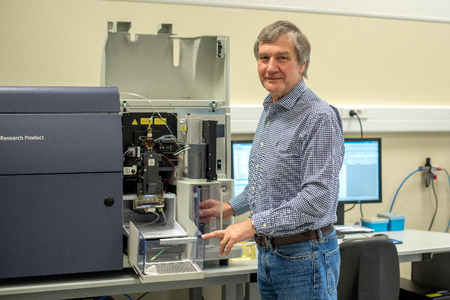Long read sequencing: precise, reliable and useful genome insights on crops and pathogens
In crop innovation, exploiting genomic information is the key to success. Plant breeders and plant scientists who use genomic information can be faster and better than their competitors when it comes to the development of new successful crop varieties with differentiated traits. At KeyGene we assist plant breeders and plant scientists around the globe with new genome insights by using our capabilities in high molecular weight DNA isolation, our in house long read sequencing platforms (PacBio Hifi Sequell2 and Oxford Nanopore Technology), our bioinformatics team and infrastructure and our wide range of research expertise. Thanks to the integrated approach and long experience in long read technology and crop genome assembly, we allow our partners to compose their own ‘menu’ of genomic research, bringing them genome insights, for a stronger market position. Our data scientists develop and use deep learning algorithms that facilitate fast and accurate genome assembly. KeyGene’s data integration and visualization platform CropPedia supports breeders and plant scientists to optimally utilize proprietary and public data about e.g. genomes, gene expression and pathways.
The previous faba bean draft assembly was not optimal. Therefore the consortium has asked KeyGene to contribute in improving the sequence providing the latest PacBio Hifi data. The data was subsequently used by the consortium to generate a high-quality reference genome of this protein crop. KeyGene has executed the following activities: growing and sampling young snap-frozen leaf material, extracting and isolating HMW DNA, HiFi library preparation, Sequel II cell data generation (~20x genome coverage) and transfer of raw data.
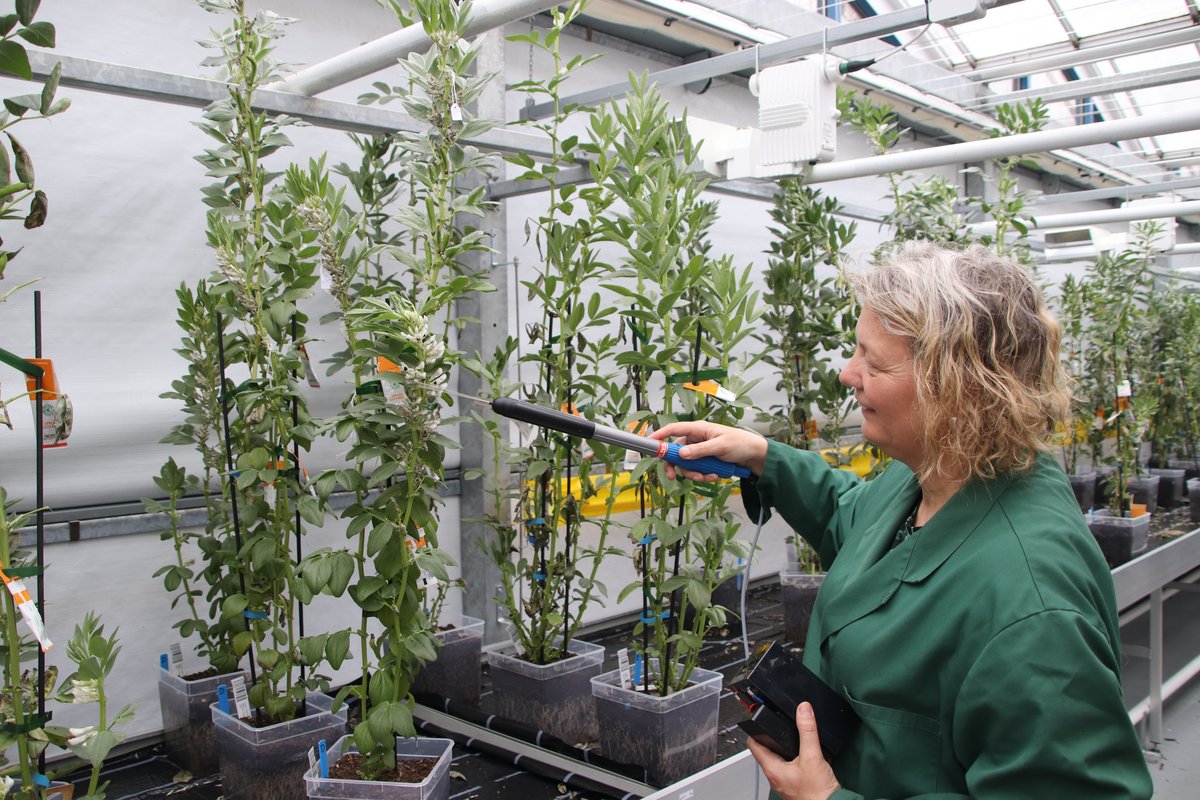

IFAPA, located in south Spain, integrates a network of 19 research and training centers, existing for over 40 years. The institute aims to modernize agriculture, fisheries and agri-food industries through research, innovation, technology transfer and training of professionals in different areas of expertise. IFAPA covers one of the largest agricultural areas in Europe with experienced researchers and technical resources: germplasm banks (especially olive, strawberry and legumes), specialized molecular, chemical and spectrometry laboratories, agri-food facilities, and more than 1.000 ha of experimental fields that cover the Andalusian agro-climatic conditions and crops.
IFAPA has available a faba bean germplasm collection with more than 1000 accessions and several of the faba bean breeding populations (e.g.RILs) segregating for traits of interest in the crop (disease resistance, yield and quality traits). IFAPA participants have extensive experience in faba bean breeding programs, genetic analysis and molecular approaches for tagging genes of interest.
Excellence of the Organization: The IFAPA team is recognized as prominent in several legume topics. This fact is documented by their seminal contributions in several areas of research. The group initiated the development of faba bean genetic maps and the use of molecular markers for tagging genes/QTLs of interest. IFAPA has developed many of the faba bean genetic maps available so far and is bringing expertise in faba bean breeding, genetics and genomics. The high saturated maps recently developed in several RIL populations will contribute to the faba bean genome assembly scaffolding.
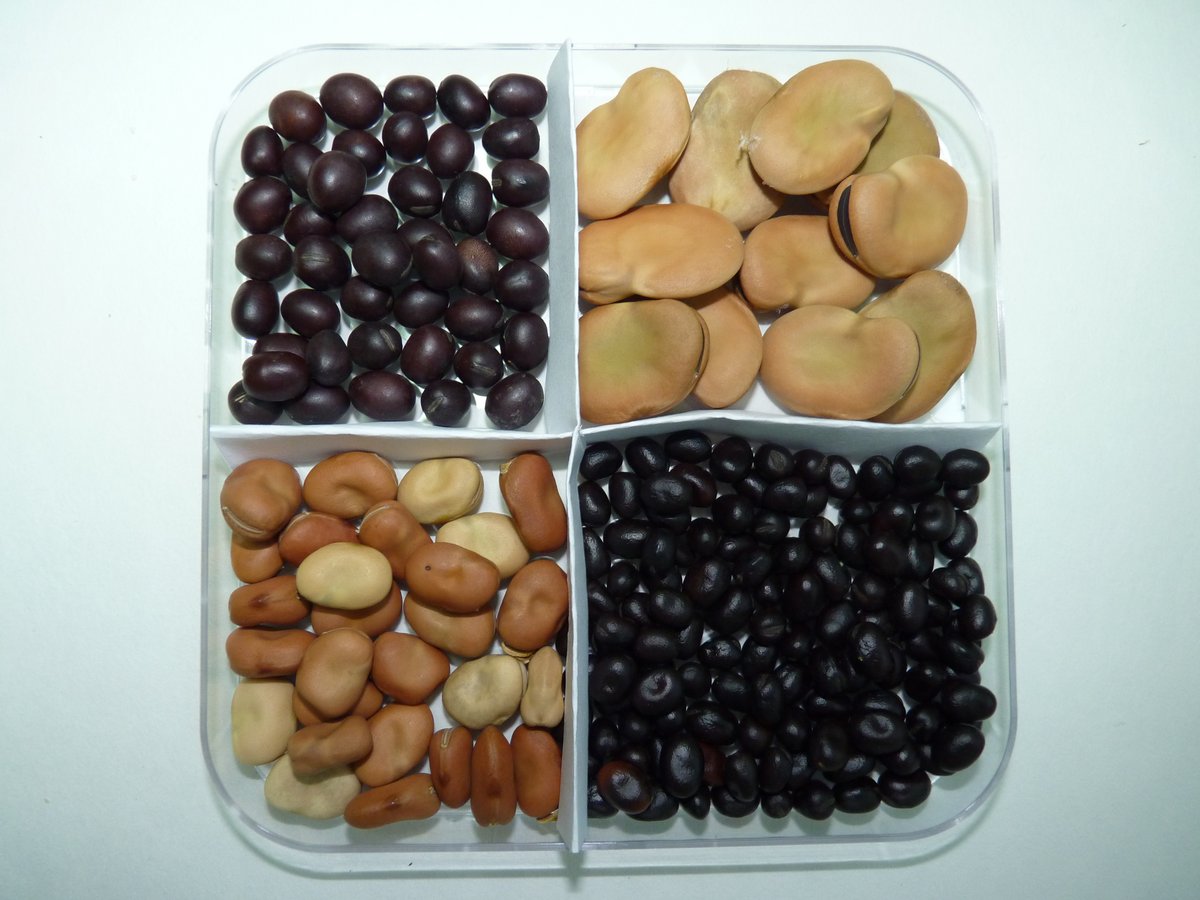
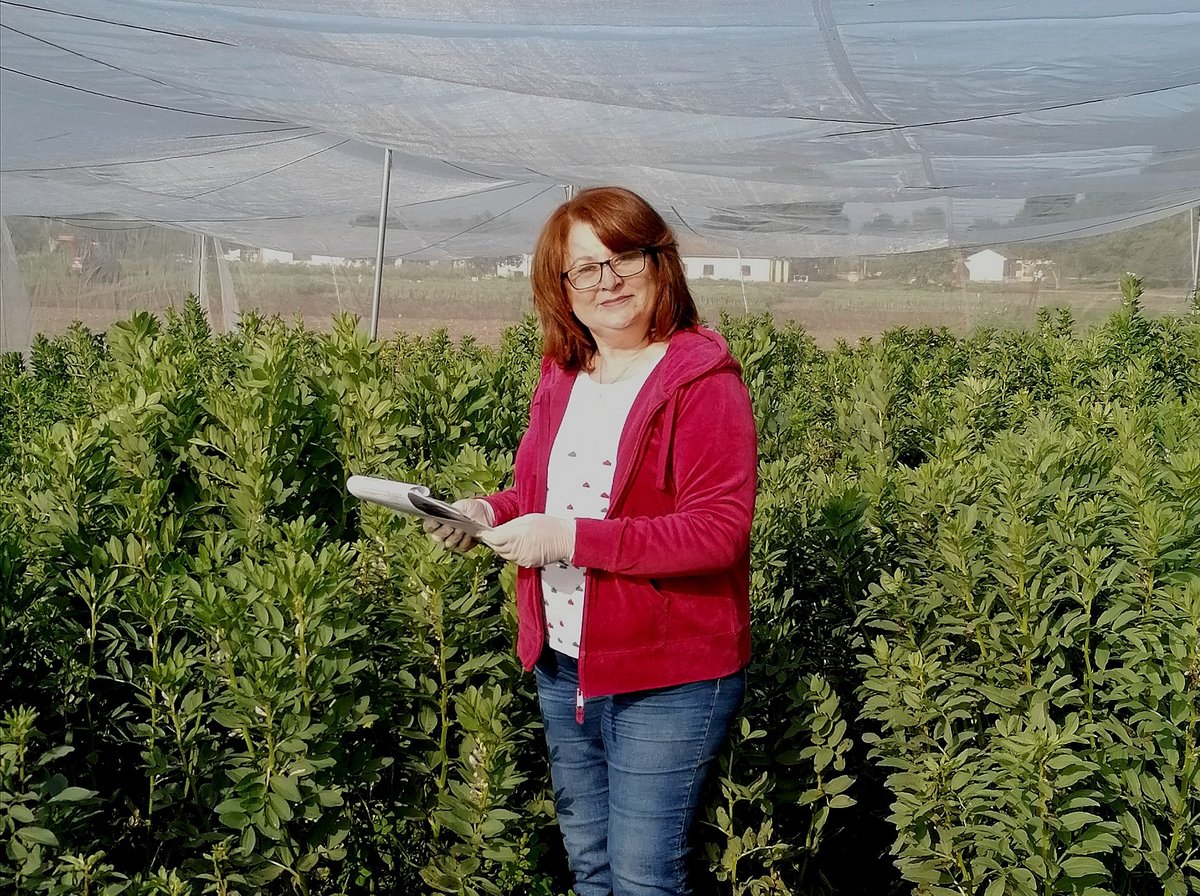
Prof Donal O’Sullivan leads the largest cluster of researchers working full-time on faba bean genomics and genetic improvement in the UK, spanning basic (genome mapping/gene discovery) and applied (breeding) approaches.
He was influential in persuading the faba bean research community to adopt the highly inbred reference line – Hedin/2, developed by Prof. Wolfgang Link at Goettingen University – for the development of genomic resources and has carefully propagated this lineage in selfing conditions and maintained large genotype-assured pure stocks for the genome sequencing project and other related genetic resource building efforts. His team developed a high density SNP genotyping array and recombinant inbred line populations which together have led to the development of high density genetic maps that were instrumental in the final stages of assembling end-to-end chromosome pseudomolecule sequence scaffolds.
The group has created an extensive library of EMS mutants in the Hedin/2 background and are actively exploiting this resource to further optimise the nutritional composition of the already protein and micro-nutrient rich faba bean seed. The group has made a detailed study of the Hedin/2 seed proteome and will contribute to the expert annotation of seed storage proteins in the finished genome assembly.
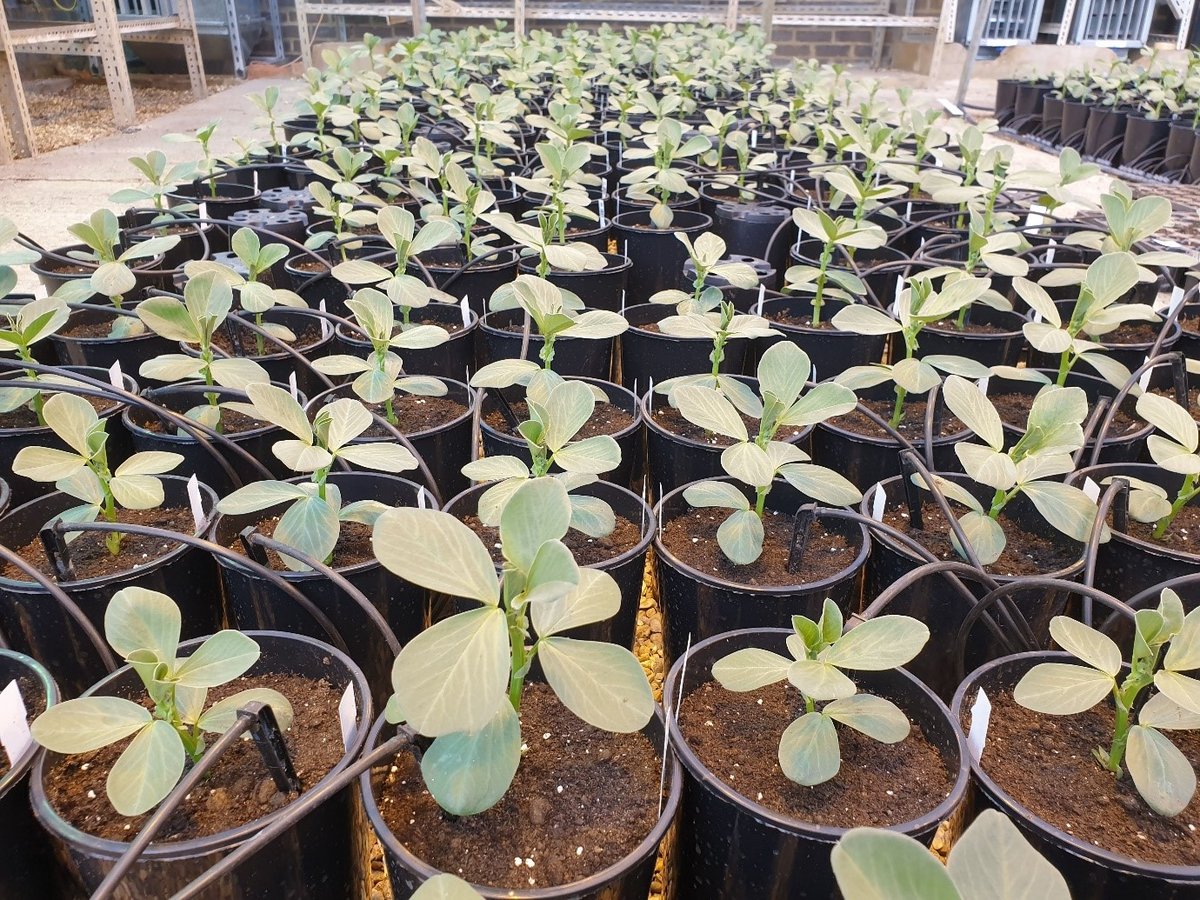

Jaroslav Doležel, the head of the Centre of Plant Structural and Functional Genomics at the Institute of Experimental Botany, pioneered the use of flow cytometry in plant genetics and genomics. In particular, the method has been used to determine nuclear genome size as an important parameter to consider when planning a genome sequencing project and whose knowledge is needed to assess the completeness of a genome assembly. DNA prepared from cell nuclei purified by flow cytometric sorting is of high molecular weight and suitable for the production of high quality whole genome optical map. Flow-sorted nuclei are also suitable for Hi-C analysis whose results together with optical maps helps to assemble complex genomes. Doležel’s main research activity focuses on the development and application of chromosome genomics, which is based on the ability to purify individual chromosomes by flow sorting. The massive and lossless reduction in DNA sample complexity simplifies genome mapping, sequencing and gene cloning. When used in whole genome sequencing projects, chromosome-derived sequences help to validate the assembly.
